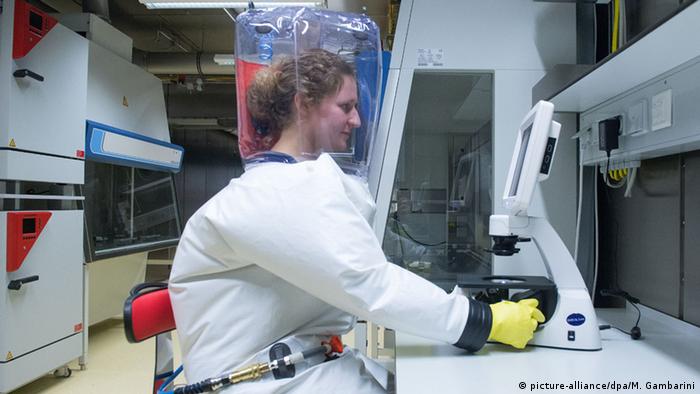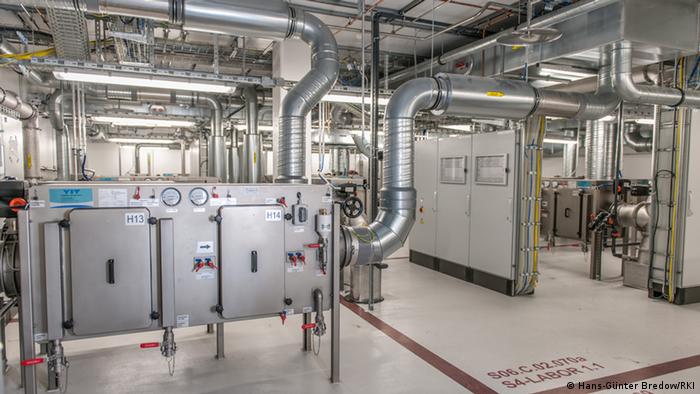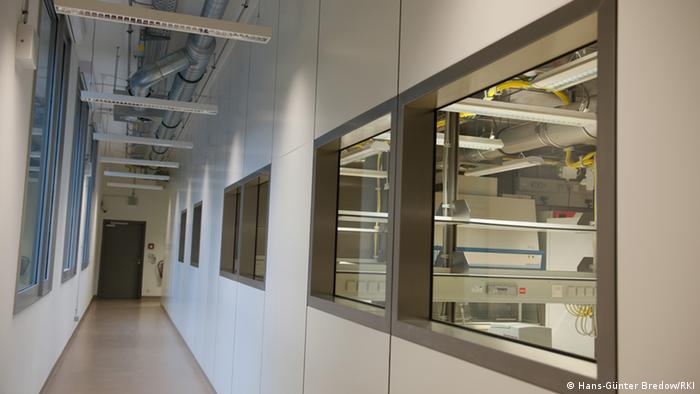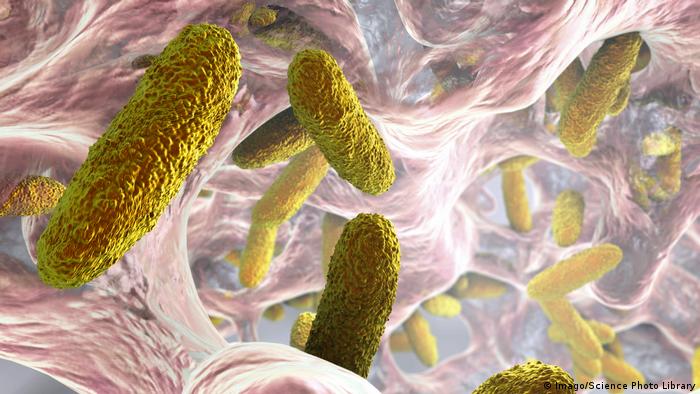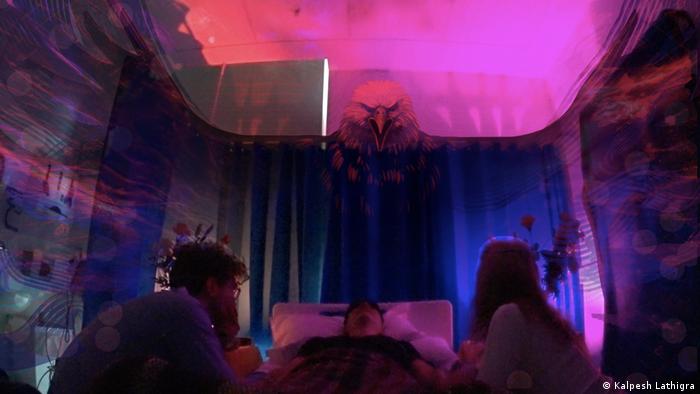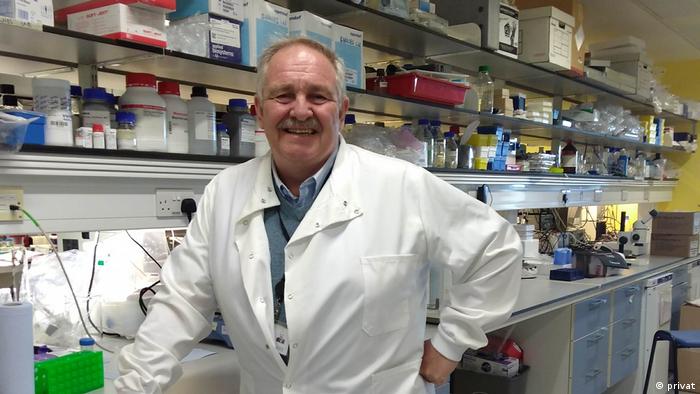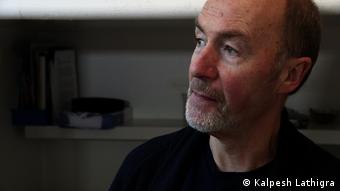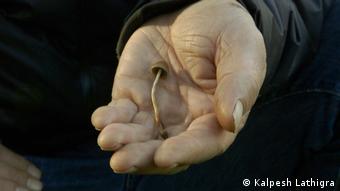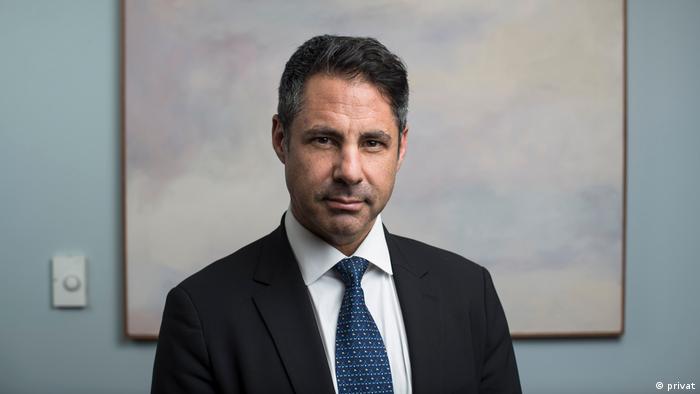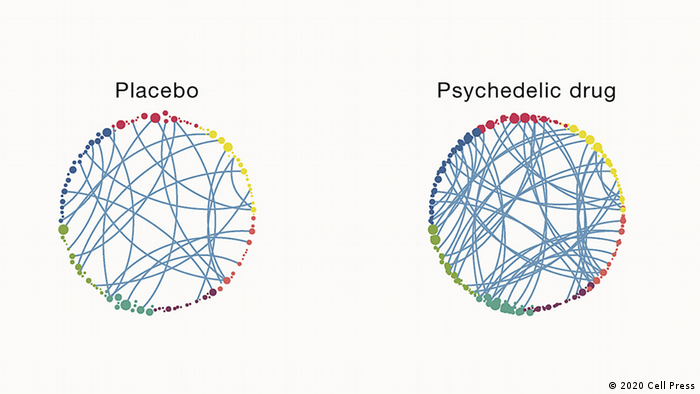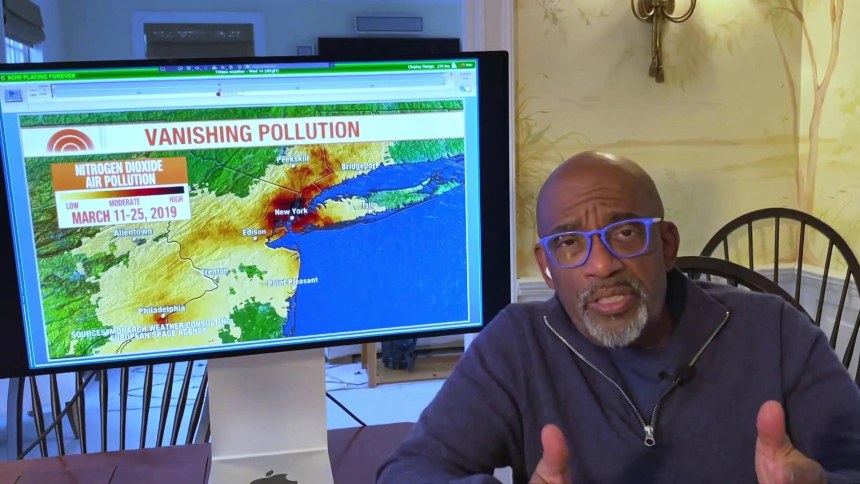AFP: 24/04/2020

Employees at the care home in Domzale staged their protest to demand better conditions while accusing the government of neglecting the elderly Jure Makovec AFP
Domžale (Slovenia) (AFP)
Hundreds of employees from care homes in Slovenia protested on Friday over what they say is government neglect of the elderly and demanded more support to fight the coronavirus pandemic.
The scene at one care home in the town of Domzale, ten kilometres (six miles) north of the capital Ljubljana, was repeated at dozens of sites across the country as care staff came out for around 15 minutes to articulate their grievances with the government.
One of the employees at the home read out a statement from the Slovenian Care Homes' Association stating: "We will not remain silent while (the authorities), using the coronavirus as a cover, try to transform care homes into cheap nursing hospitals".
The statement added care homes in Slovenia had entered the epidemic unprepared and with all their accommodation at full capacity while being understaffed and left to cope with the coronavirus by themselves.
Shortly after Slovenia declared an epidemic in mid-March, a new centre-right government was appointed which moved to implemente a strict lockdown.
The country has been successful in curbing the spread of the infection overall but a number of care homes have been severely hit.
According to the latest available figures, as of April 19 care home residents represented 58 out of the 80 coronavirus patients who have died in Slovenia.
Friday's protest -- backed by over 70 care homes all over Slovenia -- was called to demand a clearer protocol for dealing with infections, including the hospitalisation of all elderly care home residents who test positive for the novel coronavirus.
The health ministry said the protest was "politically" motivated and added the removal of all care home residents infected with coronavirus would be "debatable from an ethical and moral point of view".
The protest comes a day after the public RTV Slovenija TV station ran a report accusing Economy Minister Zdravko Pocivalsek of wrongdoing and abuse of power in relation to the acquisition of masks and protective equipment for hospitals and care homes.
Pocivalsek has rejected the allegations, insisting that he acted in the best interests of the state and to bridge the initial lack of protective equipment.
© 2020 AFP
Domžale (Slovenia) (AFP)
Hundreds of employees from care homes in Slovenia protested on Friday over what they say is government neglect of the elderly and demanded more support to fight the coronavirus pandemic.
The scene at one care home in the town of Domzale, ten kilometres (six miles) north of the capital Ljubljana, was repeated at dozens of sites across the country as care staff came out for around 15 minutes to articulate their grievances with the government.
One of the employees at the home read out a statement from the Slovenian Care Homes' Association stating: "We will not remain silent while (the authorities), using the coronavirus as a cover, try to transform care homes into cheap nursing hospitals".
The statement added care homes in Slovenia had entered the epidemic unprepared and with all their accommodation at full capacity while being understaffed and left to cope with the coronavirus by themselves.
Shortly after Slovenia declared an epidemic in mid-March, a new centre-right government was appointed which moved to implemente a strict lockdown.
The country has been successful in curbing the spread of the infection overall but a number of care homes have been severely hit.
According to the latest available figures, as of April 19 care home residents represented 58 out of the 80 coronavirus patients who have died in Slovenia.
Friday's protest -- backed by over 70 care homes all over Slovenia -- was called to demand a clearer protocol for dealing with infections, including the hospitalisation of all elderly care home residents who test positive for the novel coronavirus.
The health ministry said the protest was "politically" motivated and added the removal of all care home residents infected with coronavirus would be "debatable from an ethical and moral point of view".
The protest comes a day after the public RTV Slovenija TV station ran a report accusing Economy Minister Zdravko Pocivalsek of wrongdoing and abuse of power in relation to the acquisition of masks and protective equipment for hospitals and care homes.
Pocivalsek has rejected the allegations, insisting that he acted in the best interests of the state and to bridge the initial lack of protective equipment.
© 2020 AFP











